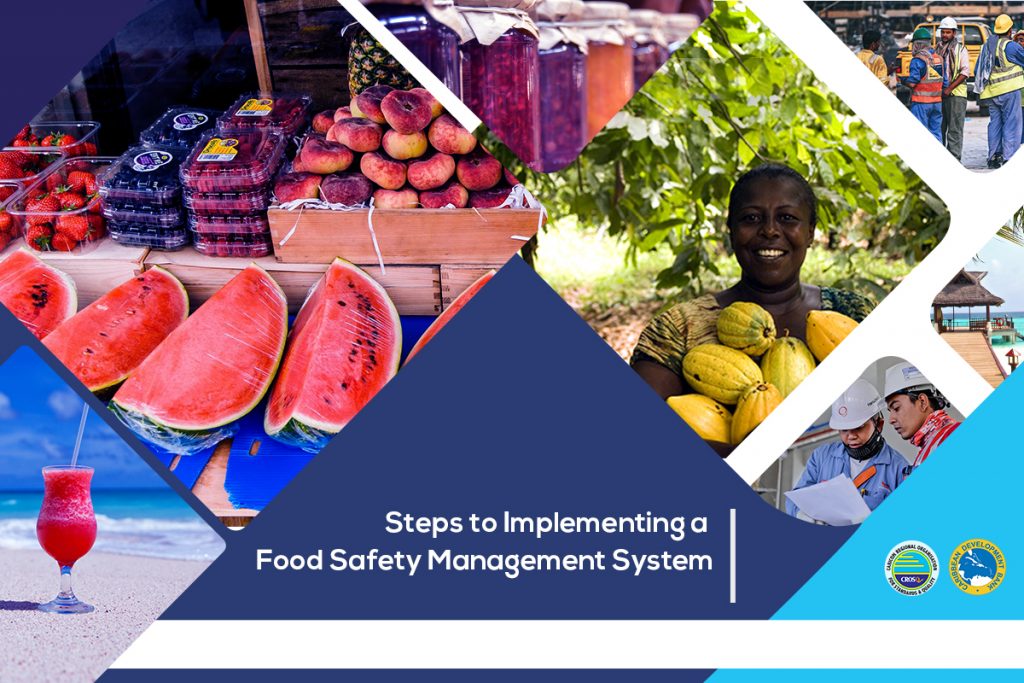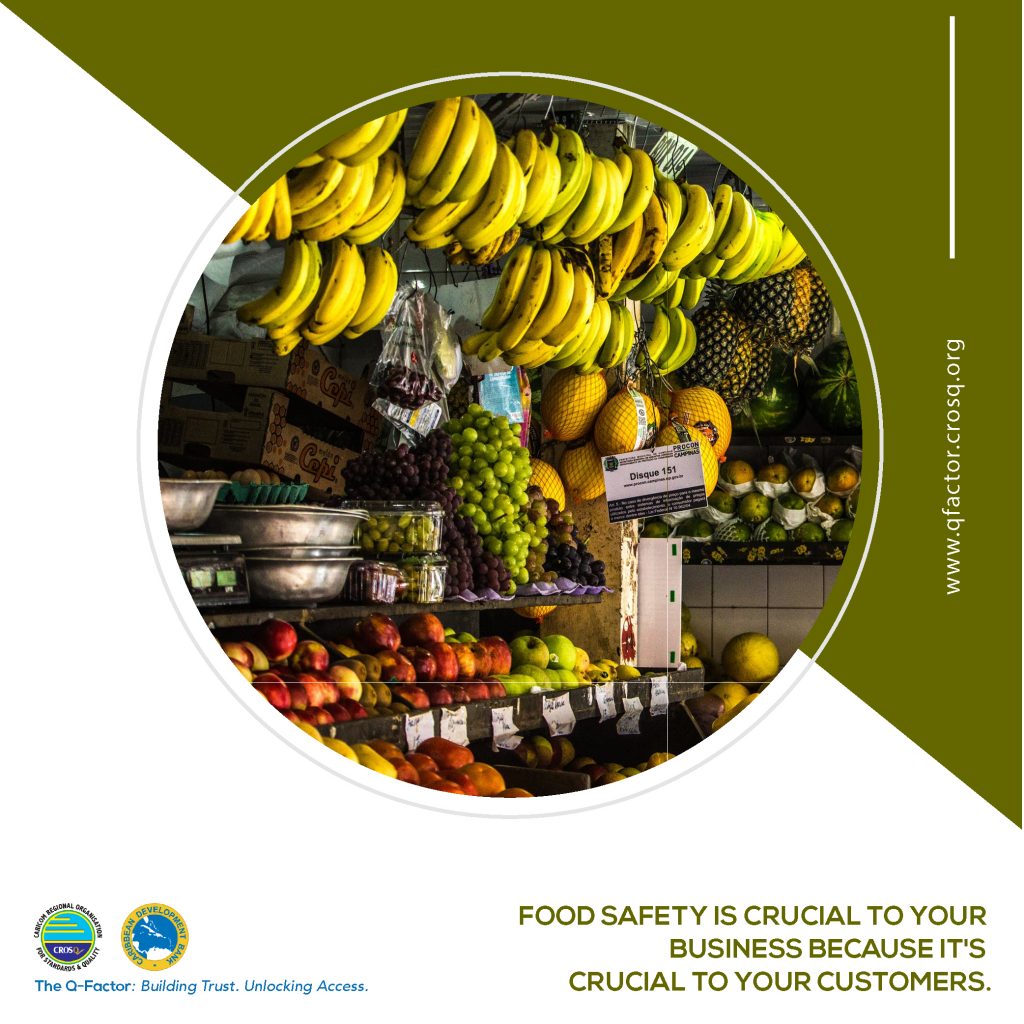What are the Steps for Implementing a Food Safety Management System?
- crosqblog
- on Nov, 12, 2019
- Category Food Safety, Quality Management Systems
- Comments Off on What are the Steps for Implementing a Food Safety Management System?

The World Health Organisation (WHO) reported in 2016 that 10 percent of people get sick each year from eating contaminated food, with 420,000 of these people ultimately dying from this contamination. Food contamination is a persistent concern for food-processing businesses. One case of food poisoning can mar a business’ reputation and fester like an open wound. Some businesses never recover and end up being closed permanently. An effective Food Safety Management System (FSMS) can prevent food contamination thus protecting the business from the negative implications.
The Hazard Analysis and Critical Control Point (HACCP) system provides a framework for creating and implementing an FSMS. As the Centre for Food Safety states, “HACCP adopts a proactive approach to anticipate the occurrence of potential problems during the food production process and implement measures designed to prevent the occurrence of these problems.” All food processing and food handling businesses should, therefore, become HACCP certified and be guided by HACCP principles to create an effective FSMS.
HACCP standards may seem difficult to attain but their rigorous requirements are what businesses need to ensure consistent quality. An FSMS based on HACCP standards is implemented in three stages:
- Planning
- Creating and documenting a food safety plan
- Executing and evaluating the plan
Stage One: Planning
Planning is everyone’s business; all employees should be engaged in the process since there is no one who better understands the existing food safety hazards than those who work at the grassroots level. The aim of the planning stage is to identify existing gaps within the business and determine the materials, personnel and other resources needed to address those issues.
Stage Two: Creating and Documenting a Food Safety Plan
A documented food safety plan provides a long-term resource about food safety practices specific to the business. Food safety gaps (hazards) that were identified in stage one should be documented and a plan put in place to address them. This plan involves:
- Identifying what can be done to prevent food safety hazards. The typical food safety hazards are often related to personal hygiene, pest control and waste disposal. The solution may involve training, acquiring new equipment or personnel, or both. Each hazard should have a corresponding preventative measure.
- Establishing a monitoring process. It is ideal to monitor how effective the preventative measures are at least once per week. How else will you know whether employees are doing what they should or the investments made are paying off? How else will you know where things are going wrong so that you can take corrective actions?
- Keeping accurate records. There should be a consistent method for keeping records throughout the business. For instance, everyone should know that the date should be written as day/month/year and not month/day/year if that is what is expected. It may help to invest in a software application that makes keeping accurate records simple for everyone.
Stage Three: Executing and Evaluating the plan
A documented plan is useless unless it is effectively executed. This stage puts the plan to the test and allows the business to determine whether it is ready to apply for HACCP certification. Staff members are trained, the necessary resources are procured and business processes are closely monitored to ensure that food safety is consistently being achieved. Feedback from both customers and staff is critical. Changes may still need to be made after the execution of the food safety plan is evaluated.

Final Words
Businesses should use the HACCP standard to guide the creation and execution of an FSMS. Successful execution ultimately leads to HACCP certification which gives customers the assurance that your business does not have food safety hazards. Be the one to stand out in a sea of competitors by becoming HACCP compliant today.




